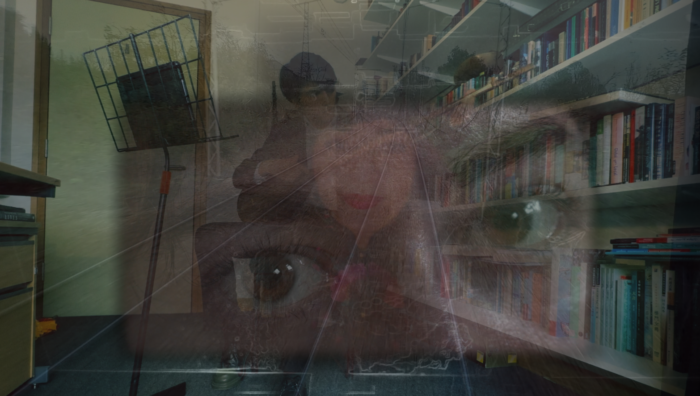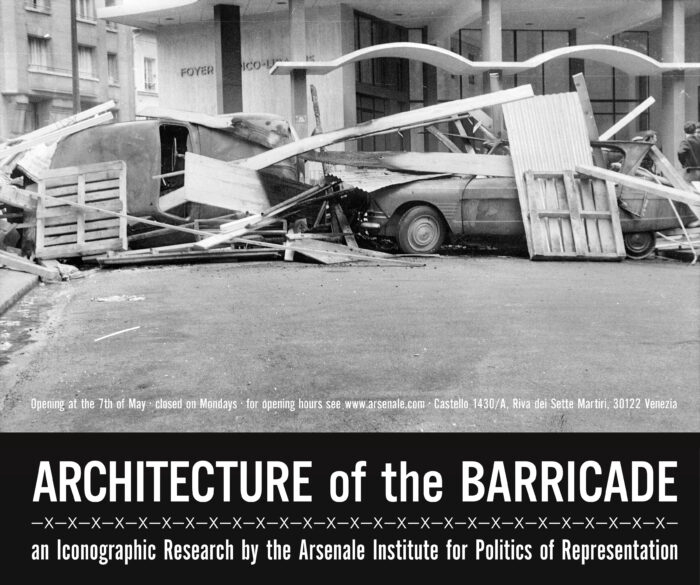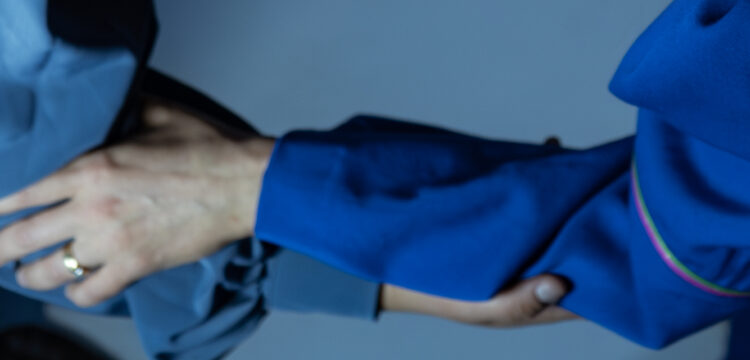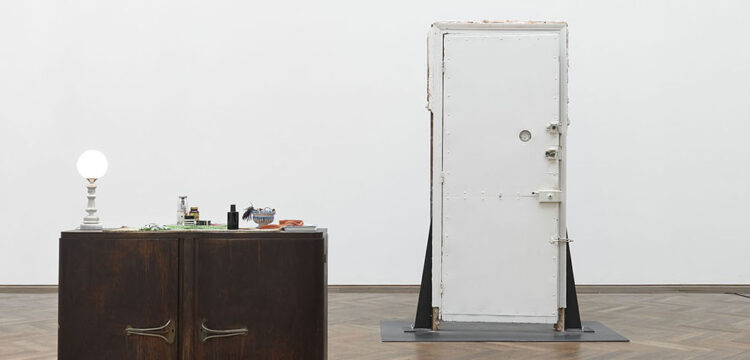Geopoetics
Safe and Sound #2: Mukaddas Mijit
Geopoetics by Mukaddas Mijit is a part of the program Safe and Sound, curated by the duo League of Tenders as part of the Nomadic Program 2024–2025 of Vleeshal Center for Contemporary Art (Middelburg, the Netherlands), and first published by Nero.
Safe and Sound draws on a performance by American artist Jana Haimson, held at Vleeshal almost 45 years ago, in December 1979. In this improvised piece, Haimson combined vocalization with experimental choreography. Haimson is among the western artists who explored and developed various genres of time-based art, often using scores as starting points for performative improvisation.
To reflect the concept of the score, as well as the production and transmission of knowledge in non-western cultures, League of Tenders invited three artists of different origins, living across Europe—Natalia Papaeva, Mukaddas Mijit and Yaniya Mikhalina—to create their scores and propose someone to perform them.
These scores are addressed to and inspired by their communities, offering a means to unite people across borders, within diasporas, and far from their homelands. Performing these scores—through their bodies, voices, and spoken words in their native languages—becomes an act of shaping their communities as visibly present, seen, and “sound.”
Geopoetics is a collaborative audiovisual experiment led by Mukaddas Mijit, featuring six Uyghur diaspora artists. Rooted in themes of displacement and the fragmented relationship to place, the project deconstructs conventional notions of geography and belonging. Through loosely defined instructions (score), the artists responded with a mosaic of soundscapes and visual narratives, exploring the emotional and physical landscapes of their current surroundings.
This work inhabits a liminal space—neither homeland nor adopted territory, but an ephemeral geography born from shared memory and temporal connections. Geopoetics shapes as an exploration of nostalgia, where longing for a distant home collides with the immediacy of the present. The bodies, movements, sounds and voices map the tension between rootedness and motion, forging a communal yet fluid space of belonging.
This series includes projects by Natalia Papaeva and Yaniya Mikhalina.
The making of Geopoetics emerged from the fragmented yet interconnected lives of Uyghur artists in the diaspora. As individuals living in different spaces, shaped by varied experiences of exile, we came together to explore how the notions of belonging, memory, and culture evolve when disconnection from a shared homeland is a defining reality.
By offering loose instructions (score), I encouraged the participating artists to delve into their personal and collective experiences, translating them into sound and video. This approach allowed for an organic process—one that acknowledged the individuality of each artist’s journey while weaving them into a shared narrative.
Displacement forces us to reconcile our memories of a distant home with the immediate realities of our current spaces. It prompts questions: How do we carry our culture forward when geography is no longer a unifying factor? How do we connect to one another while navigating the vastly different lives we now lead? Through the making of Geopoetics, these questions became central, as the artists examined not only what it means to belong but also how we recreate belonging in ephemeral, imagined spaces.
Memory serves as both an anchor and a source of transformation. It holds the nostalgia of places, smells, sounds, and rhythms from our shared culture. Yet, these memories, filtered through time and distance, also evolve as we adapt to new contexts. In Geopoetics, the artists grapple with this duality—honoring the past while reimagining how our identity and culture is embodied and expressed in their current realities.
The process revealed how diaspora is not a singular experience, but a multiplicity of lives lived across different geographies. Despite this diversity, a sense of connection persists, often rooted in the emotional and cultural ties that defy physical separation. In the performance, these ties manifest as overlapping layers of soundscapes, poetry and visuals, creating a space where our fragmented realities come together.
Geopoetics is not a search for a new homeland. Instead, it claims a space beyond borders, where belonging is found in the interplay of memory, movement, and shared creation. It reflects the ongoing negotiation of identity and culture in the diaspora, embracing both the loss and the resilience that come with being unmoored yet connected.
This project is a living archive of the Uyghur diaspora experience, capturing the fluid, shifting ways we inhabit the world—always with one foot in the past and the other forging paths toward an uncertain but creative future.
The title of the project and the idea were inspired by Tom Western’s artistic research Undercartographies: A sonic geopoetics on four wavelengths.
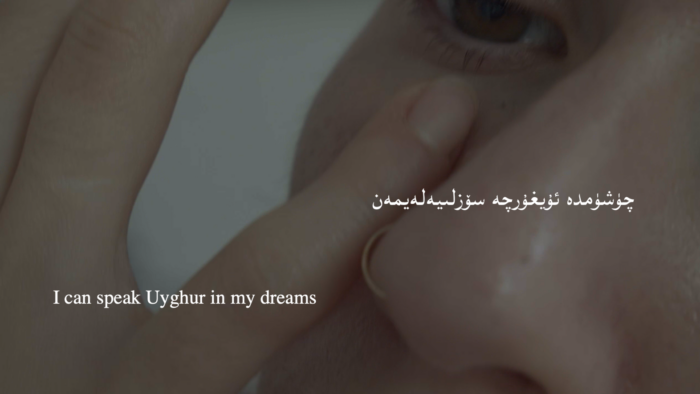
The “score” and the process
The process began with a simple gesture: reaching out to artists I had worked with in the past and inviting them into a shared creative space. From there, I designed a structured but open-ended process to guide the collaboration, using a Miro board as our virtual workspace.
The first step was deeply personal. I selected three Uyghur words for each artist, words that held particular significance for me. I asked them to engage with these words and create something meaningful—a text, a poem, or a phrase—anchored in their own interpretations. This exercise became a bridge between our shared heritage which is our mother tongue and the diverse ways we experience and express it today.
In the second step, I asked the artists to record a 10-minute soundscape capturing the ambient sounds of their everyday environments. This was an invitation to immerse ourselves in the sonic landscapes that surround us—urban noise, cooking sound, or even the interactions with loved ones in intimate spaces—offering a sense of place and presence beyond visuals alone.
The third step was a more intimate exploration of their physical selves in their spaces. I asked each artist to film a 3–5 minutes video with three specific frames: a close-up of their face, a medium shot of their hands and arms, and a wide shot of their body interacting with the surrounding space. I wanted to use these recordings as a window into their individual realities, grounding the abstract ideas of displacement and belonging in tangible, human form.
The process of creating Geopoetics was as much about collaboration. We had individual conversations and virtual meetings with all the participating artists. During these exchanges, I delivered the “score,” presenting the framework of the project while encouraging each artist to bring their unique interpretations of the given words and explore how they saw and experienced their bodies within the spaces they inhabited. Throughout the process, the artists were encouraged to contribute freely to the Miro board—adding texts, images, or sounds that resonated with their experiences. I also shared a few research articles and other artists’ work for inspiration. This collaborative space became a virtual territory where the boundaries between individual and shared narratives began to blur.
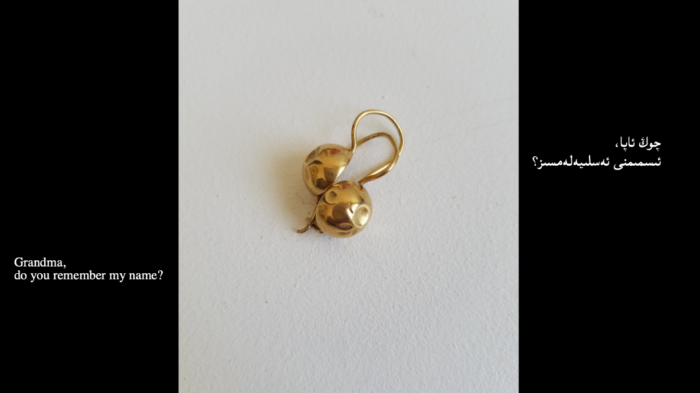
This insight into each contributor’s process
The diversity of approaches taken by the contributors profoundly shaped the narrative and thematic depth of Geopoetics, transforming it into a richly textured work. Each interpretation of the “score” offered unique perspectives on displacement, identity, and belonging, echoing the complexity of diasporic existence.
Amina’s reflections on her life, weaving together Uyghur dance, familial voices, and her connection to nature, brought a sense of continuity between heritage, personal identity, and the everyday. Her contribution underscored how cultural roots manifest in her intimate, lived experience.
Shohret Nur’s dedication to crafting a musical piece, blending traditional Uyghur elements with the given words, created a meta-layer to the project—a “score within the score.” His work emphasized the dialogic nature of tradition, as something both preserved and reimagined in contemporary contexts.
Merdan and Zilal’s poetic and deeply personal interpretations introduced an introspective lens, exploring the intersections of their immediate environments and inner struggles. Their work highlighted the emotional weight of displacement and the intimacy of finding meaning within fragmented spaces.
Sonya’s decision to change the three given words considering her own creative history brought an element of transformation and individuality to the project. Her journey of self-discovery, reclaiming her identity and body, added a narrative of empowerment amidst the collective exploration of displacement.
Mirka’s disconnection and unease revealed the project’s capacity to hold space for vulnerability. His difficulty in finding resonance reflected the isolating challenges of mental health struggles, offering an important counterpoint to the other contributions.
As the director, I found that these varied responses expanded the project beyond its initial conceptual framework. Each contribution became a thread in a larger narrative, connecting disparate experiences while allowing space for individual nuance. The collective result is not a singular narrative but a polyphony—a shared geography that exists in overlapping memories, interpretations, and creative expressions. This multiplicity not only enriches the work but also challenges static notions of identity and belonging, offering instead a dynamic, evolving exploration of what it means to exist as a community across spaces and times.
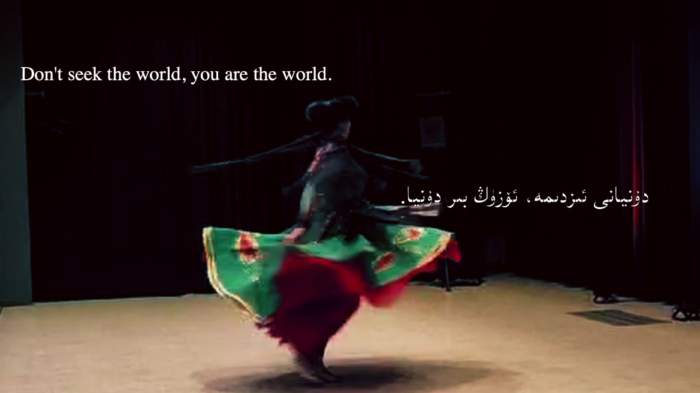
The final edit
The process of bringing Geopoetics to completion was both an act of synthesis and a creative exploration of shared space. As I worked with the diverse material generously contributed by each artist, I sought to honor their unique voices while weaving them into a cohesive narrative.
I assembled these contributions into a 12-minute video, gradually juxtaposing selected moments from the audiovisual materials. Each image and sound was intentional, designed to preserve the individuality of each artist’s perspective while allowing them to interact in new and unexpected ways. The video evolves into a dialogue, a progression where distinct interpretations begin to converge, forming a brand-new territory that we, as artists in the diaspora, collectively inhabit. This territory, built from fragments of poetry, spoken words, music, soundscapes, visuals, and personal reflections, represents a geopoetical Uyghur space—an imagined geography that transcends physical displacement.
The culmination of the video is a unique moment where all the artists coexist and co-create. It’s a space of simultaneity, where individual expressions become part of a collective voice. This shared space is not bound by borders or rooted in a single place; instead, it is a living, evolving reflection of our diaspora.
In crafting this piece, I hoped to illuminate the ways in which we, as Uyghur artists, navigate our fragmented realities to create a sense of belonging that is both personal and communal. Geopoetics is not just an artistic project but a testament to the resilience and creativity of diasporic identities, showing how we can reimagine and reclaim space through collaboration and shared expression.
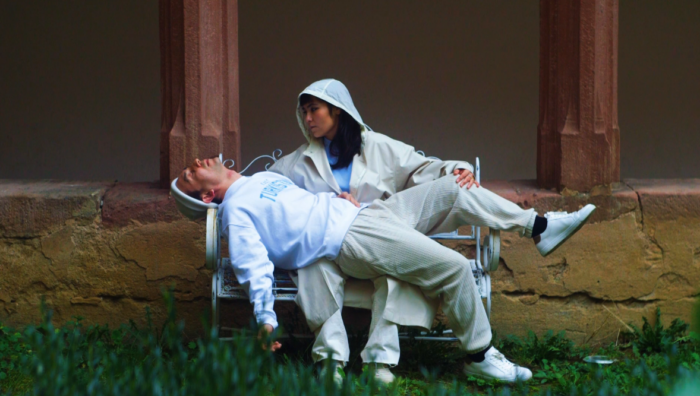
Collaborators’ bio
Amina Laforce is an Uyghur dancer, teacher, performer, with 26 years of experience. She lived in Shanghai and Hangzhou for more than 15 years, where she worked for theaters and TV stations as a professional senior dance artist. Since 2015 she’s been living in the Zürich area in Switzerland, where she organizes the nonprofit cultural exchange event Amina’s Karavane Oriental & Silk Road Dance Festival once a year. Amina is also regularly teaching folkloric Uyghur dance as well as traditional belly dance. Being a dancer of Uyghur origin, Amina is not only focussing on dance but also representing Uyghur folklore as a whole, with its many facets including music, instruments, traditional clothes & handmade costumes as well as Doppa from the heart of the Silk Road, telling the story of the Uyghur people and their many ways of living.
Merdan Eheteli is an exiled Uyghur poet based in Paris and head of the art department at the European Uyghur Institute, has had several of his poems translated into English, French, Turkish, Slovenian, Chinese and Tibetan. He typically performs poetry readings in collaboration with other artists, including musicians, dancers, and painters.
Mirka is an Uyghur digital director graduate from the University Léonard De Vinci in Paris. Mirka is a passionate Uyghur activist with a deep commitment to music and visual creation. Actively participating in numerous documentaries, films, and artistic projects related to his culture and Uyghur topics, he shares his experience with artists and activists, primarily focusing on the artistic aspect. In addition to his endeavors, Mirka is a musician, leading a collaborative project centered around Uyghur poems with his band, WTFKistan.
Shohret Nur is currently affiliated as Research Assistant with the Music Department of the SOAS University of London. His research interests are focused on the Uyghur Twelve Muqams and Iraq Muqam, the muqam’s full transcription and analysis. Since his early childhood, Shohret fell in love with his favourite musical instruments, dutar and rawap, and reached an incredible mastery in his performing skills. Shohret is not only a virtuoso performer on dutar and rawap, but also a talented composer.
Sonya Imin is an Uyghur American artist and scholar. Her work is interdisciplinary, spanning across the mediums of sculpture, performance, and the moving image. Having grown up between the borderlands of the Uyghur homeland, broader Central Asia, and the midwestern United States, interrogations of belonging, home, and displacement influence the nature of her work. She has been particularly interested in exploring the somatic experiences of memory, interrogating delineations of (dis)embodied identity, and excavations of collective consciousness through ancestral landscapes. Currently based at the Université Libre de Bruxelles, her academic work explores how transformations in Uyghur exile are being negotiated through visual art and contemporary creative culture. Sonya is also one of the editors of Under the Mulberry Tree, a multi-lingual collection of Uyghur art, poetry, and prose, and is a producer on the Weghur Stories podcasts. Sonya has worked on various art and film projects spanning across the US, Europe, and Central Asia, and her debut documentary film, I’m Here/مەن بار, is set to be released later this year.
Zilale Eheteli has been living in Paris since 2018. During her time in France, she earned degrees in Tourism Management and International Marketing. Currently, she is devoted to self-study and exploring ways to integrate collective unconsciousness with spiritual expression, aspiring to open a new chapter in her life through this field. She is Merdan’s partner, and this project marks their first collaborative work. And in the future, she hopes to join hands with Merdan in the realms of art and freedom, creating more meaningful works together, while writing a shared story of their own.
